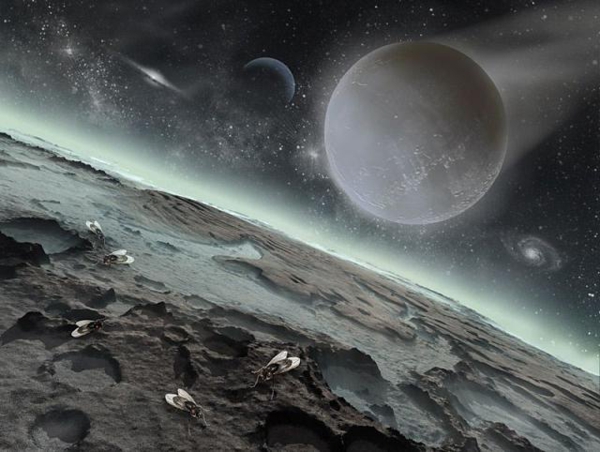
Planetary defence involves the formulation of a system to protect the Earth and its inhabitants from the impact of comets, asteroids or other large pieces of space debris. This term was first used by NASA scientists and the U.S. Air Force Space Command after they realised that the Earth is bombarded sporadically by natural objects that occur in the Solar System.
Tunguska
The 1908 Tunguska impact in northern Siberia is today believed to have been caused by the collision of an asteroid or a comet travelling at 36,500 kph. There was no impact crater. An asteroid could have fragmented at six to 10 kilometres above the Earth, producing a fireball and knocking down and burning trees over an area of 2,150 square kilometres. The impact of a comet, which consists mostly of ice, would not have left an impact crater.
The Earth may suffer a major asteroid impact only once every 300 years but when it happens, as in Tunguska, this can have the power of 10 to 15 megatons of TNT – equivalent to 1,000 Hiroshima bombs. Optical telescopes operated by government space agencies worldwide survey the skies for asteroids and comets, keeping track of their paths and determining whether their orbits may intersect with the Earth. The number of objects discovered has reached tens of thousands.
Deflection
There is no real consensus among scientists and defence specialists about how to mitigate an impact. The destruction of any object with a diameter of 100 metres immediately above the Earth may cause more problems than it would solve. The Earth could be hit by shattered fragments of the object. Three possible ways of deflecting an object are:
1. A solar collector in a space station can focus sunlight on the surface of a possibly dangerous asteroid. When a small spot heats up, it may vaporise enough material to change the object’s course and deflect it from its path towards Earth.
2. A projectile in the form of a spacecraft launched from a space station could be dispatched to impact with the object. The force of the impact could alter the object’s direction of travel so that it misses Earth.
3. A nuclear device could be landed on the surface of the asteroid. It would carry drilling equipment that could bury the device close to the asteroid’s centre. Once in place, it could be triggered to explode and destroy the asteroid in outer space. If the diameter of the asteroid is less than about 200 metres, the impact of the landing could bury the device within the asteroid at a sufficient depth for later explosion.
This article was written by astronomer and planets webmaster Jack Rasmussen.










Comments